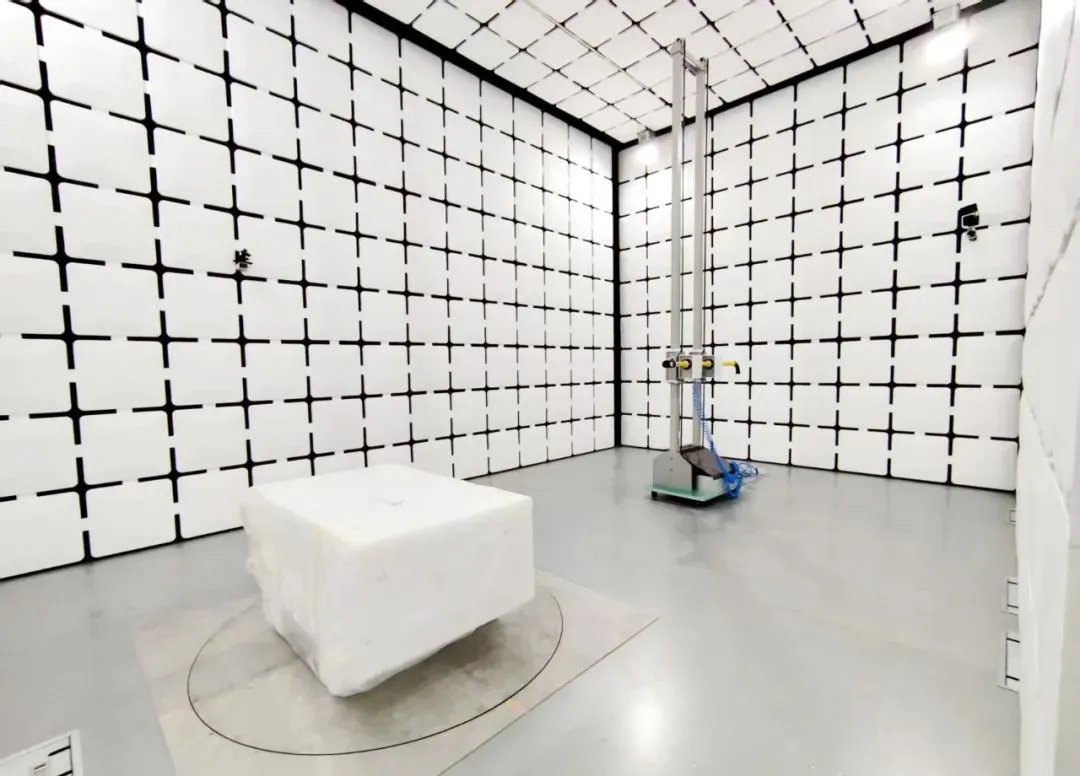
Waste Electrical and Electronic Equipment (WEEE) Regulations
In our rapidly evolving technological landscape, electronic devices have become an indispensable part of daily life. However, the increased use of electronic devices also leads to a rise in electronic waste, posing significant environmental challenges. The European Union (EU) Waste Electrical and Electronic Equipment (WEEE) Directive aims to address this issue by regULating the disposal and recycling of electronic waste.
What is the WEEE Directive?
The WEEE Directive regulates the disposal and recycling of electrical and electronic equipment (EEE) by requiring companies to register their EEE, facilitate its disposal and recycling, and provide recycling services.
Initially introduced in the EU in 2003 and revised in 2012, the directive has undergone additional changes to adapt to the evolving technological world and improve reporting. These updates include standardizing registration and reporting formats and modifying data calculation methods.
Although an EU-specific law, the WEEE Directive impacts companies globally, as international businesses must comply with EU regulations to maintain access to the EU market. Similar WEEE-like regulations have been adopted by jurisdictions worldwide, including U.S. states and Canadian provinces.
Who Needs to Comply with WEEE?
Manufacturers and importers are the primary targets of weee compliance. If your company produces EEE and markets it within the EU, you may be requiRED to adhere to WEEE compliance requirements. This includes both EU-based and non-EU manufacturers selling products within the EU.
EEE distributors may also bear responsibilities under the WEEE regulations. They must ensure the products they sell comply with weee requirements and assist in returning old electronic items when customers purchase replacements.
Categories of Waste Electrical and Electronic Equipment
The WEEE Directive classifies EEE into six categories:
1. Temperature Exchange Equipment – Devices that heat or cool using substances other than water, such as refrigerators and heat pumps.
2. Screens and Displays – Applies to EEE with screens larger than 100 cm², primarily used for displaying information.
3. Lamps – Includes fluorescent, LED, HID, and LPS bulbs and tubes.
4. Large Equipment – Any device not included in the first three categories with external dimensions exceeding 50 cm. Examples include washing machines, medical devices, ATMs, automatic dispensers, and electronic tools.
5. Small Equipment – Any device not included in the first three categories with external dimensions of 50 cm or less. This includes small household appliances and electronic gadgets.
6. Small IT and Telecommunication Equipment – Devices with external dimensions of 50 cm or less, such as mobile phones and tablets.
Steps to WEEE Compliance
1. Registration and Reporting
The first step to WEEE compliance is registering in each EU member state where your company manufactures or sells EEE products. While WEEE is an EU-wide directive, each member state has its own registration authority.
You must also report the quantity of EEE products distributed in each country. Reporting frequency varies by country (e.g., annually, quarterly).
2. Product Disclosure and Instructions
To comply with WEEE, your products must include proper labeling and disposal/recycling instructions:
- Every product must display the WEEE symbol (a crossed-out wheeled bin), indicating it should not be disposed of with general waste.
- Products must also include instructions for disassembly and disposal. This should cover safe disassembly procedures and recommendations for disposal or recycling.
3. Recycling System
You need to establish a recycling system for products requiring safe disposal and/or recycling. This may involve collaborating with authorized recycling agencies or joining collective recycling schemes. Even if you partner with other organizations to implement this system, you are responsible for funding the solution.
Email:hello@jjrlab.com
Write your message here and send it to us
 Toy Flammability Test Compliance Certification
Toy Flammability Test Compliance Certification
 ISO 17025 Accredited Test Laboratory
ISO 17025 Accredited Test Laboratory
 What is Amazon California Proposition 65?
What is Amazon California Proposition 65?
 New METI Registration Regulations in Japan
New METI Registration Regulations in Japan
 Attention for Amazon Japan Sellers: New PSE Regula
Attention for Amazon Japan Sellers: New PSE Regula
 Compliance with Japanese Representative & METI
Compliance with Japanese Representative & METI
 ZigBee-LoRa-Z-Wave Product compliance testing
ZigBee-LoRa-Z-Wave Product compliance testing
 Compliance Testing for FM/AM/DAB/DMB Broadcast Rec
Compliance Testing for FM/AM/DAB/DMB Broadcast Rec
Leave us a message
24-hour online customer service at any time to respond, so that you worry!




